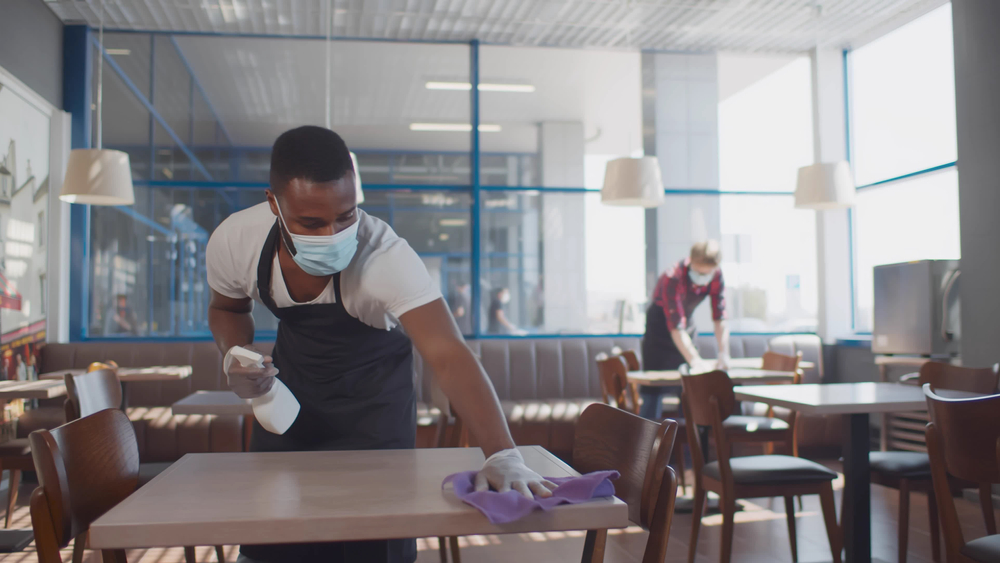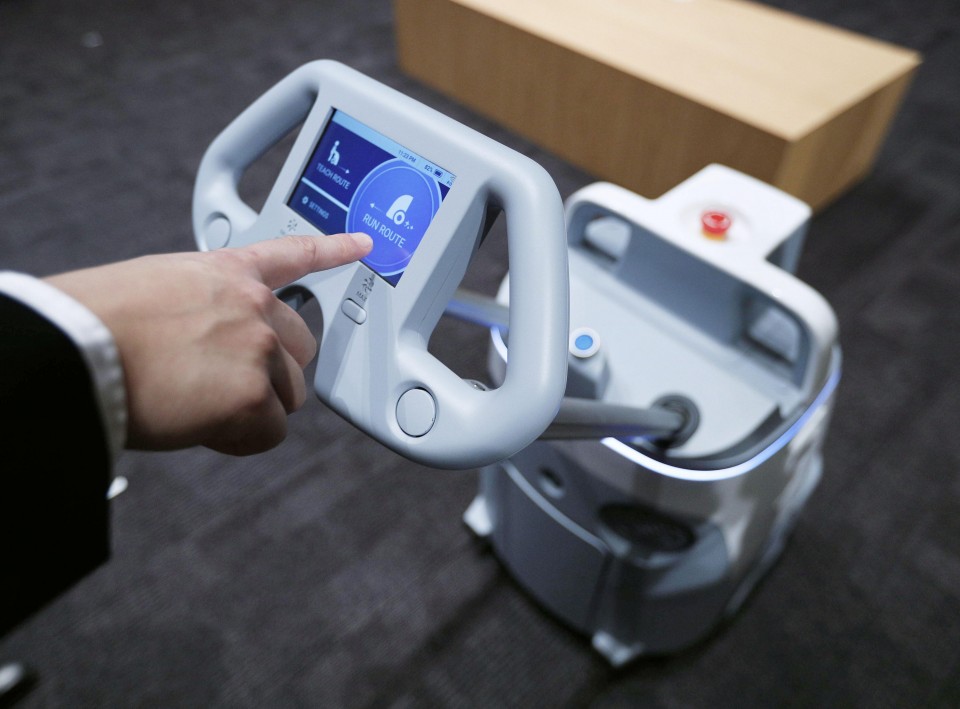Building service contractors (BSCs) are instrumental in working with facility managers to keep buildings worldwide clean. From schools and universities to airports and convention centers, BSCs implement teams of professionals, sometimes alongside in-house custodial crews, to conduct floor care, surface disinfection, restroom cleaning and more. Because the quality of service provided by a BSC can have a noticeable impact on a facility’s image and brand reputation, facility managers must carefully vet cleaning providers. Managers can find the perfect fit by clearly outlining their goals and values and then delving deeper into how the BSC plans to uphold cleanliness, sustainability and safety.
Focus on Five Must-have’s
To narrow the field to BSCs that are the best of the best, facility managers can look for a cleaning service provider that fulfills these five key tenets:
- Use sustainable chemicals. The Environmental Working Group (EWG), a nonprofit, nonpartisan organization, notes that 53% of assessed cleaning products contain ingredients that can harm the lungs. Additionally, 22% of cleaning products contain chemicals that cause healthy individuals to develop asthma. This is concerning given how frequently cleaning professionals in commercial environments use solutions to clean and disinfect. Ensuring their safety is paramount. BSCs should opt for cleaning chemicals that don’t put employees in harm’s way. Solutions should be non-irritating and eliminate the release of volatile organic compounds (VOCs) into the air. Products that are free of fragrances, dyes and other additives are ideal. Some BSCs take their sustainability commitment further by using electrochemically-activated solutions (ECAS) made from water, salt and electricity with an on-site generation (OSG) system. The cleaner and disinfectant solutions are effective against a wide range of bacteria, viruses and fungi. They also enable cleaning teams to continuously refill spray bottles using the OSG system, reducing plastic waste.
- Conduct regular training. The COVID-19 pandemic demonstrates that unknown threats can emerge without warning. As new pathogens, technologies and tools arise, cleaning professionals need to stay updated on the best methods for cleaning and disinfecting. Discuss with the service provider if they conduct ongoing training with staff and in-house cleaning teams. A commitment to education can improve cleaning performance by ensuring employees have opportunities to learn and ask questions.
- Adopt high-tech equipment. Using innovative, reliable and well-maintained equipment helps uphold cleanliness, improve productivity, reduce costs and support sustainability goals. For example, high-tech equipment like robotic scrubbers and vacuums handle time-consuming floor care tasks and allow staff to address other important manual duties. Determine what types of equipment the service provider will use at your facility and inquire about their performance testing processes. Ask about anticipated decibel levels and how the implemented technologies might affect IAQ, water and chemical consumption and cleaning staff.
- Endorse or provide environmentally sourced consumables. From cleaning chemicals to toilet paper to soap, commercial buildings continually require supplies to run smoothly. Sustainable consumables are key to reducing a building’s environmental footprint and there are an increasing number of high-quality and sustainable options for consumables. Ask service providers about their process for sourcing consumables to understand their commitment to reducing the impact that facility maintenance has on the planet.
- Offer leadership development.
- Leadership development helps keep employees engaged, thereby reducing the risk of accidents, enhancing the consistency of results and limiting turnover. Identify a BSC that invests in its employees through leadership development. Helping employees grow and guiding them to manage others brings the quality of the entire team to new heights. In addition to its safety, quality and retention benefits, development opportunities contribute to greater productivity, sustainability and morale.
Building Successful Partnerships
Facility managers and building service contractors work together to keep facilities looking their best day and night. The most successful partnerships are those built upon aligned goals and values. Additionally, identifying a BSC that understands the facility’s exact needs and challenges ensures that guests and building occupants will always be greeted with cleanliness. To ensure a strong partnership, look for a BSC that believes in the five tenets above. Doing your due diligence will give you greater peace of mind that your facility is in the right hands.
At GSF USA, we care about clean and the planet. Our Écologique cleaning program is certified by Green Seal® and offers a high-quality, safe and sustainable clean. Contact us to learn more, and follow us on LinkedIn and Facebook for the latest updates.









